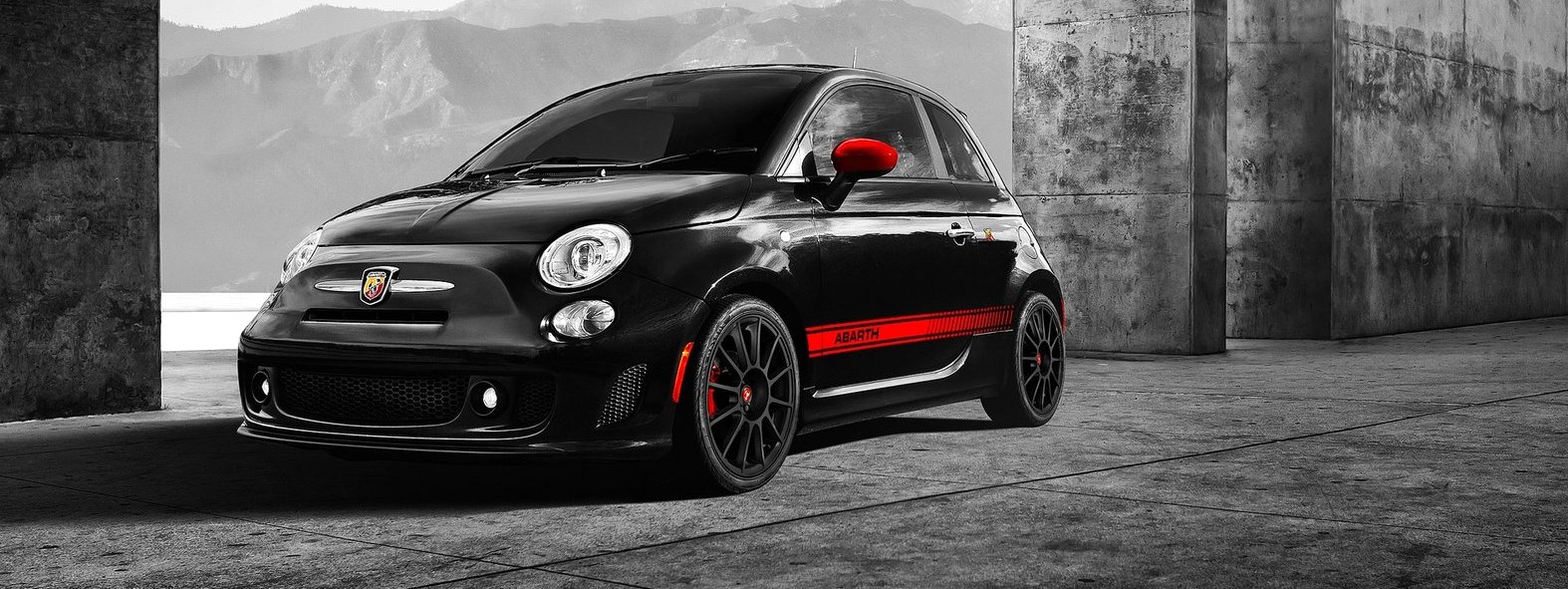 FIAT 500 Abarth - when looking at the car, the words from the song "Mumiy Troll" ...
FIAT 500 Abarth - when looking at the car, the words from the song "Mumiy Troll" ...

FIAT 500 Abarth - when looking at the car, the words from the song "Mumiy Troll" are involuntarily recalled: "When I see you dancing, baby, you excite me". It is noteworthy that interest in the little car wakes up long before the dances, because the differences between the Abarth version and the baby “five hundredth” are not in the banal installation of more powerful engines under the hood, but also in a different body kit, a different aura.
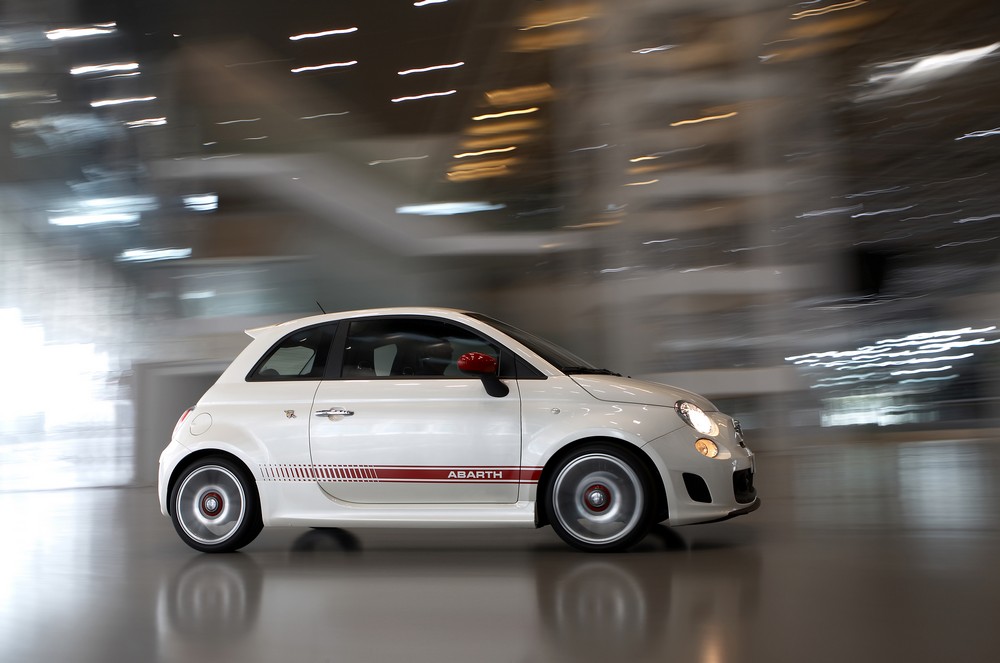
To start, a little history. Formally, the modification of the 500 Abarth is not FIAT at all, as the front and rear yellow-red nameplates depicting a scorpion eloquently testify.
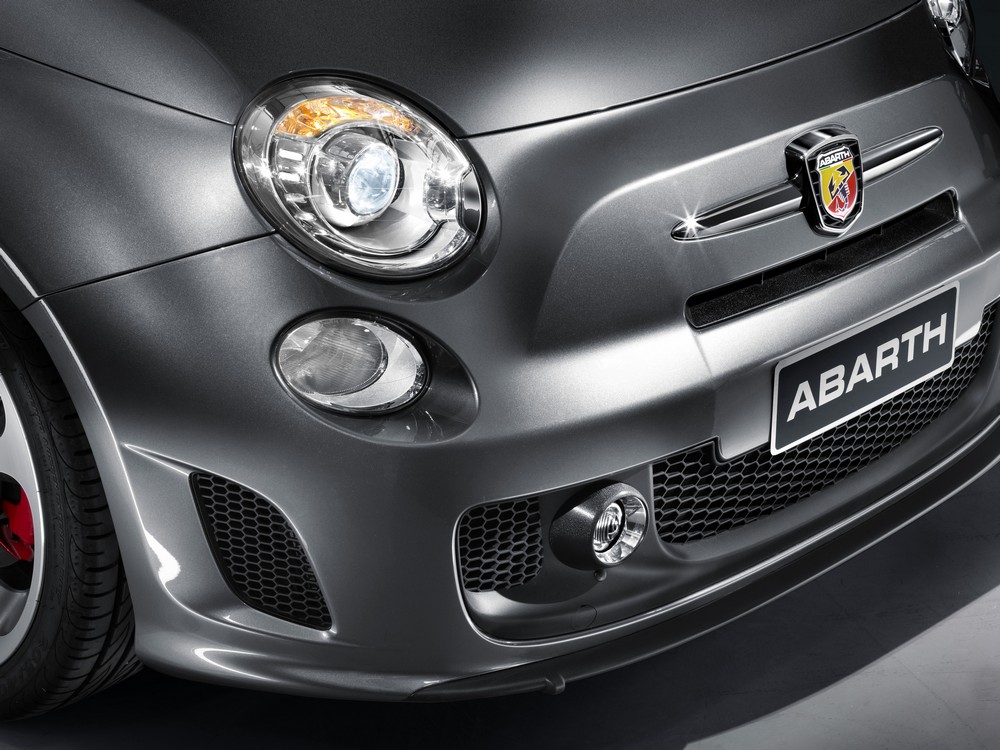
Such an honor falls only to those cars that have undergone a serious revision in the tuning studio Abarth, created in 1949 and named after its founder, former race car driver Carl Albert. Initially, Abat conjured fiats to satisfy private orders, and interest in the brand was explained by elementary geographical proximity - the headquarters of the companies were in Turin.
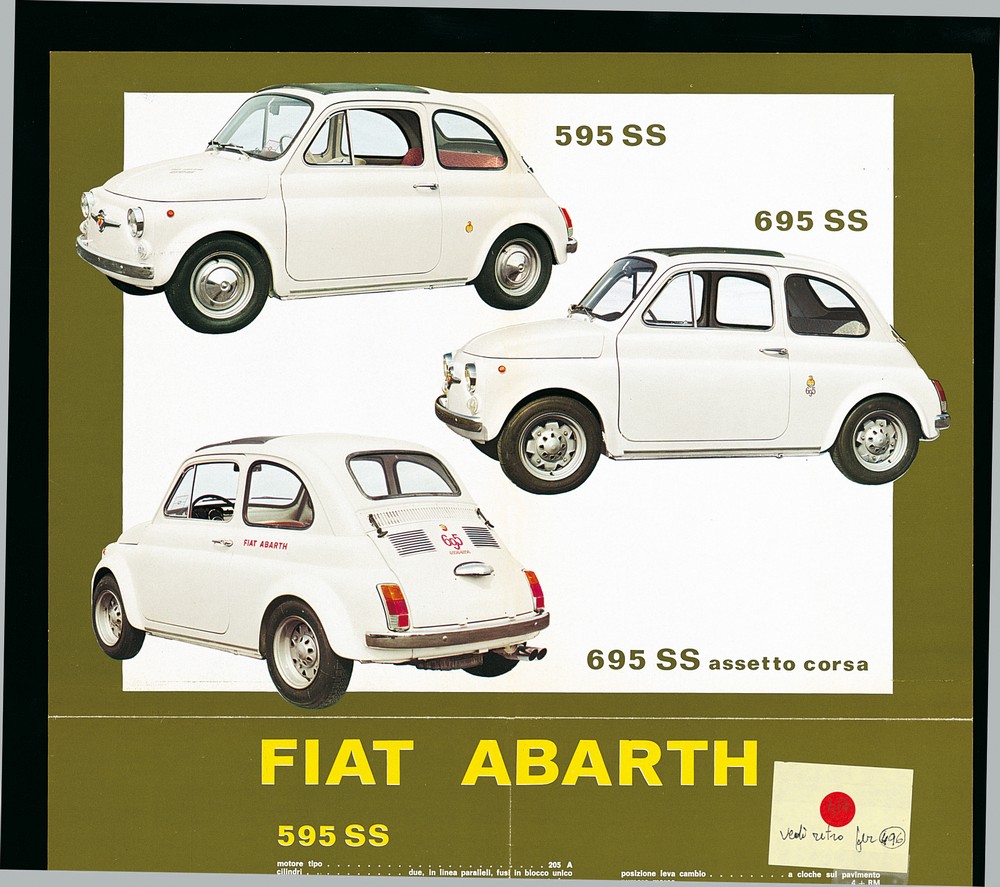
Interestingly, there were so many requests from drivers hungry for speed, but short of money, that Abarth simply did not have time to satisfy all customers. Therefore, already in the 1950s, Carl Albert decided to simultaneously offer sets of parts for self-installation, which in our time would be called tuning kits.
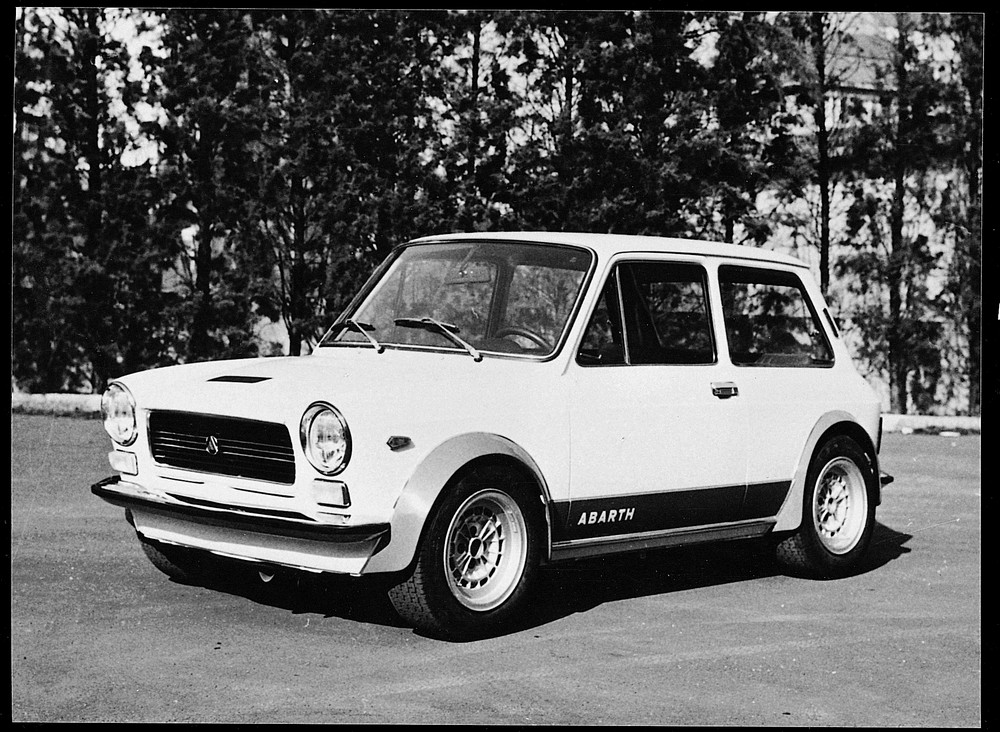
The business, which began with a small workshop, acquired such a scale that over time the studio began to order bodies from such giants as Bertone, Ghia and Zagato. Moreover, the company began to participate in international automobile exhibitions along with Ferrari, Maserati and other well-known manufacturers.
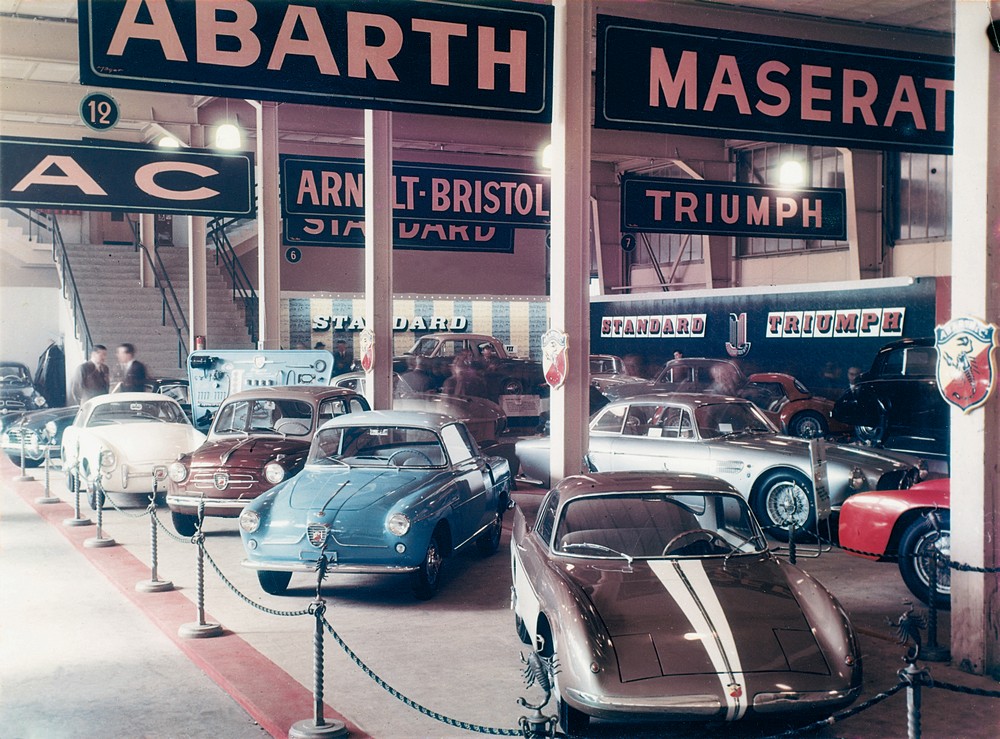
Nevertheless, in the early 1970s, Abarth was completely taken over by the booming FIAT. The reason for the deal was not only the effective advertising provided by the Abata team with its rally success, but also the fact that the popular and inexpensive Fiats, which passed through the hands of the tuning studio, posed a serious market threat to the more expensive and prestigious Alfa Romeo cars ( acquired by Fiat in 1986) and Lancia (in 1969).
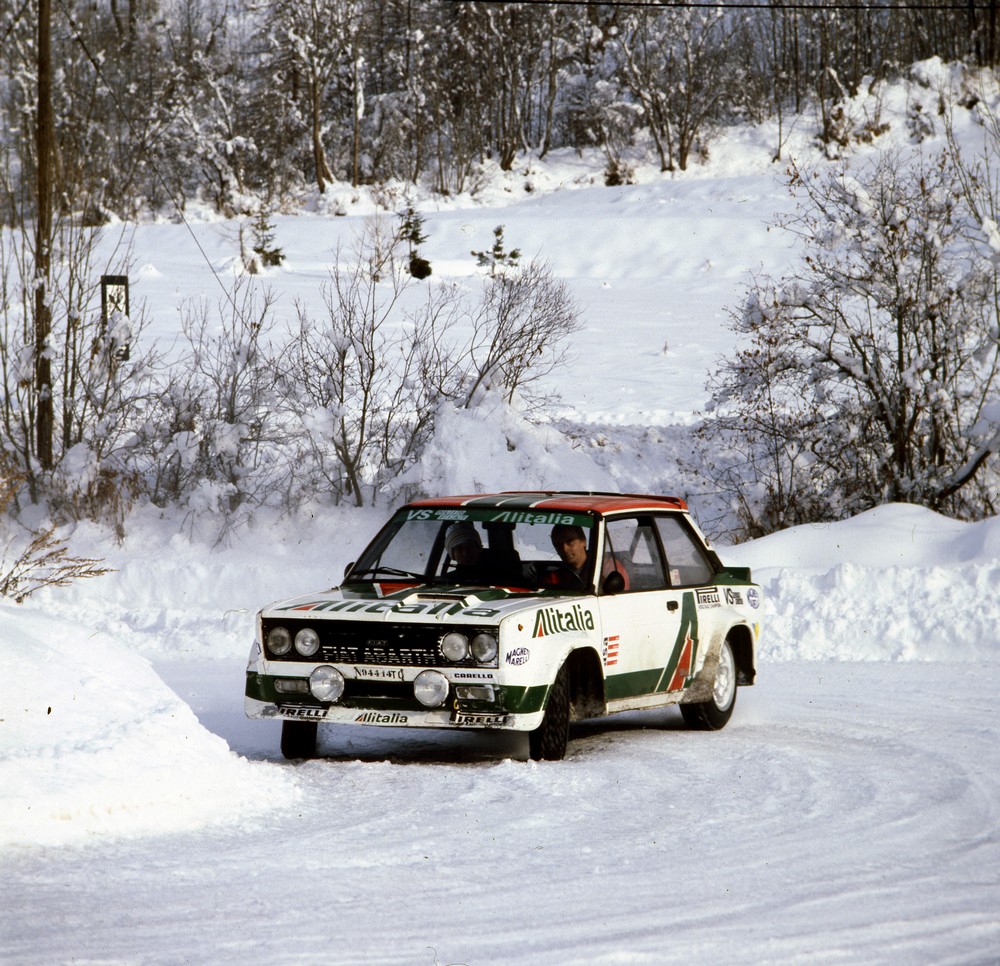
Many atelier programs were closed and the "tuners" eventually turned into ordinary engineers in the company's sports division.
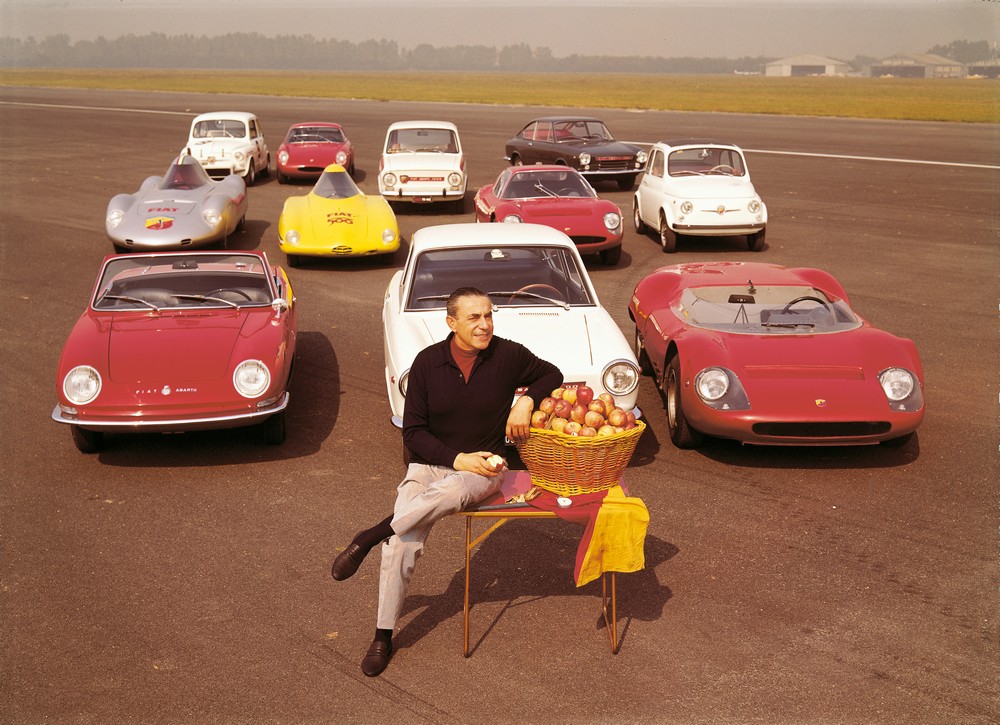
In 2007, the Italians decided to return to the market "lighters" created on the basis of FIAT models. The first modern car to go on sale under the Abarth brand was the Grande Punto, the second was the Abarth 500, which premiered at the Geneva Motor Show in March 2008.
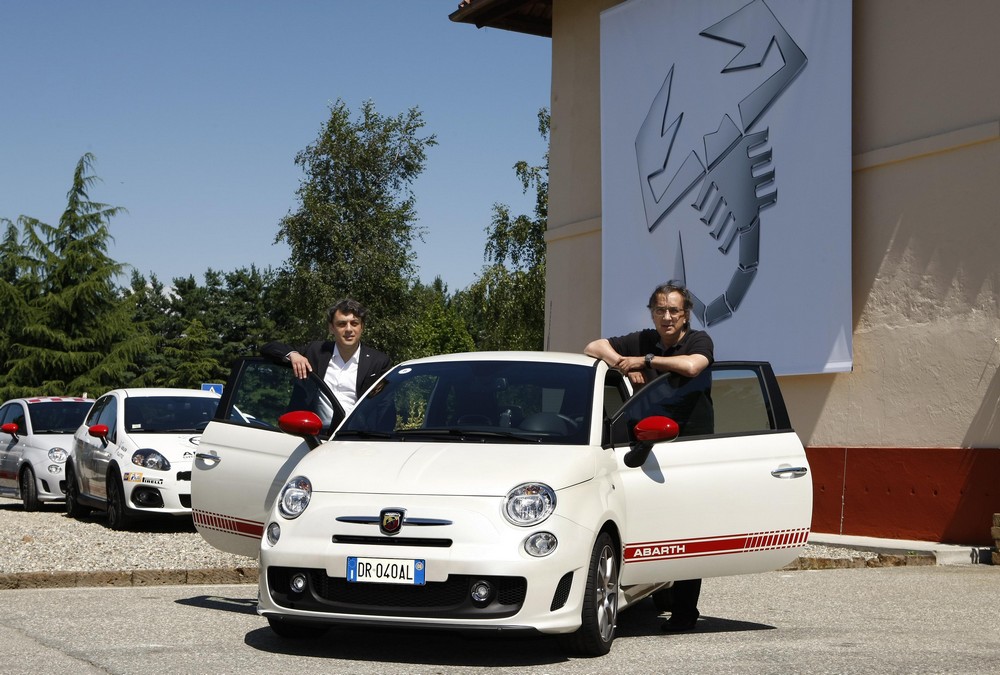
Compared to the usual “500th”, the car received a more powerful braking system and a completely reconfigured understated chassis, which was “insisted” on the Nurburgring's Northern Loop. The steering of the three-door has also been improved, which has become sharper and more responsive.
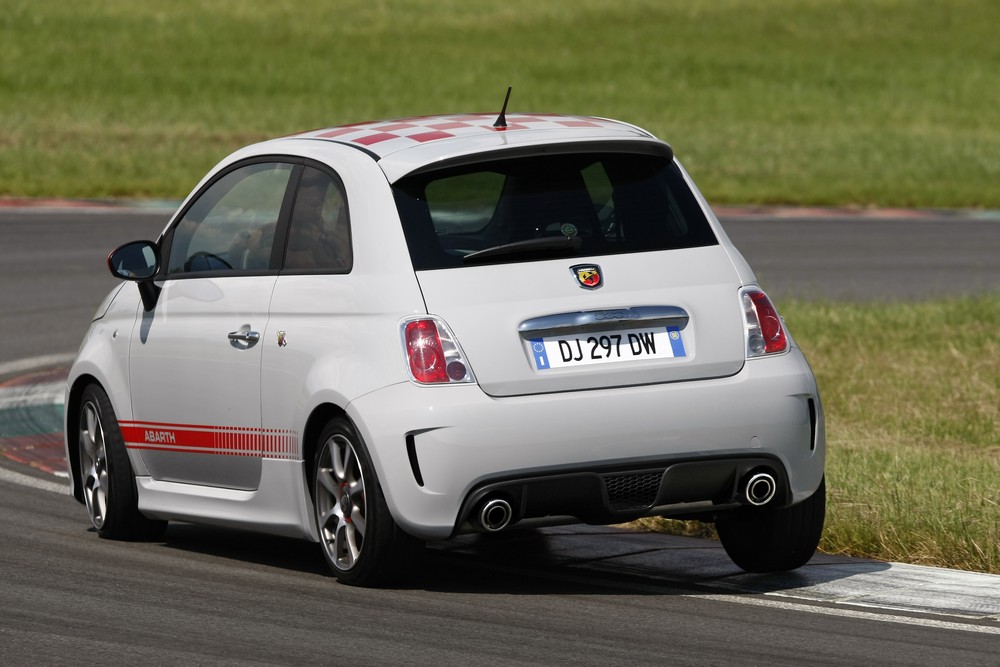
Electronics are also involved in improving the driving characteristics of the "charged" Abarth 500. For example, the advanced traction control system Torque Traction Control can, among other things, also simulate a differential lock, saving the hatchback from understeer typical of front-wheel drive cars during active cornering.
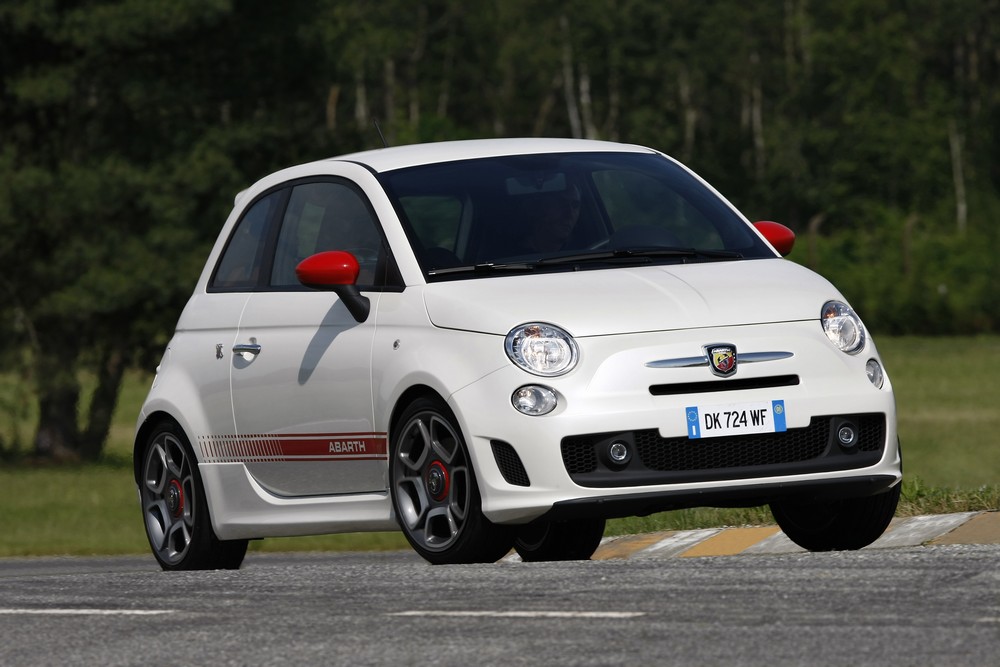
In addition, the hatchback has also changed externally. The cocky character of the “baby” was emphasized by an aggressive front bumper with additional air intakes, more massive skirts, a rear diffuser and 16-inch wheels. The hatchback interior was also made in an emphatically sporty spirit.
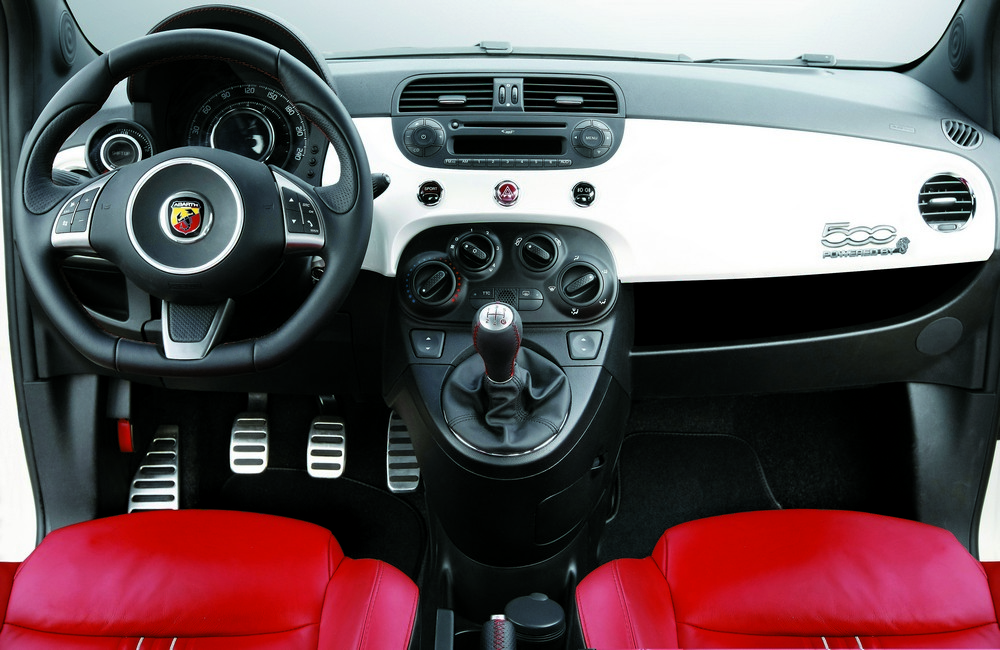
Powering the Abarth 500 is a 1.4 Turbo T-Jet petrol engine that produces 135/140 hp in normal specification. ("mechanics" / "robot") and 206 Nm of torque. For the Abarth 595 modification, which is also available on the Ukrainian market and stands out with huge 17-inch wheels, the output of a similar turbocharged “four” was raised to 160 hp. and 230 Nm.
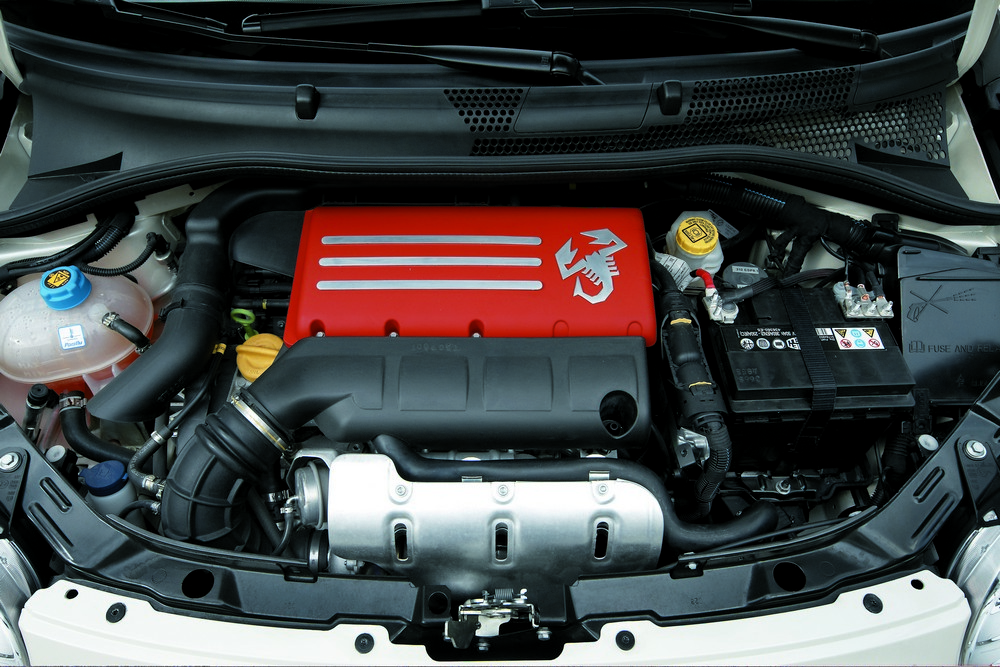
The acceleration time to one hundred kilometers per hour in both the first and second cases depends on the type of transmission type. With a manual five-speed gearbox, the Abarth 500 passes the standard in 7.9 seconds, with a five-speed “robot” in 8.1 seconds. The Abarth 595 version with a 160-horsepower engine in each case wins back 0.5 seconds from the less powerful modification (7.4 and 7.6 seconds, respectively).
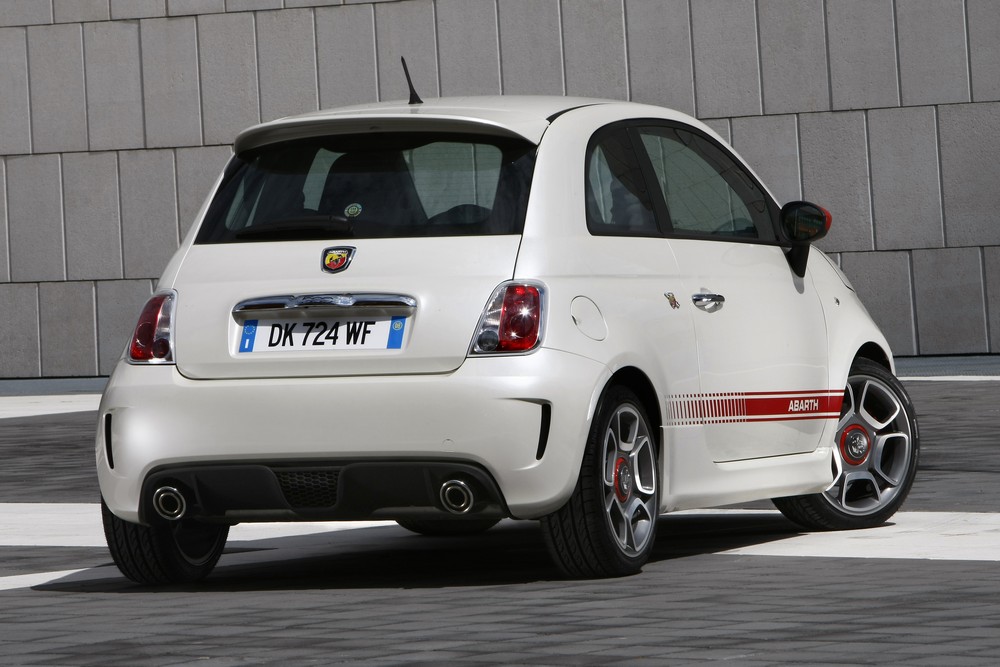
Serial production of Abarth 500 and 595 has been established in Poland.
Overall dimensions FIAT 500 Abarth (Фиат 500 Абарт)
length: 3657 мм,
width: 1627 мм,
height: 1485 мм,
clearance: мм,
base: 2300 мм